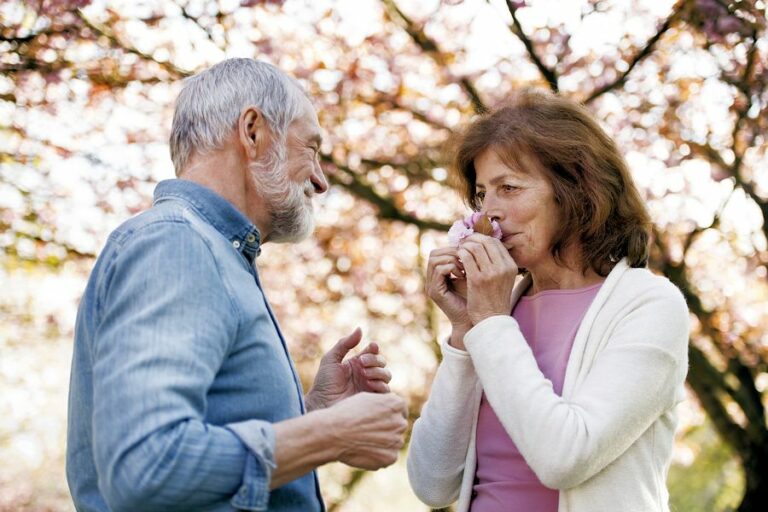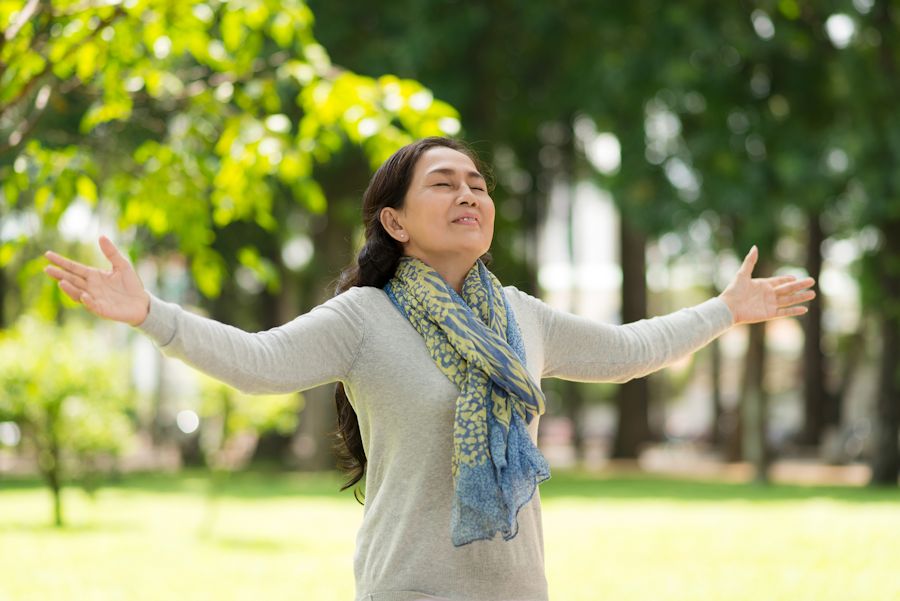
Breathing Deeper and Better
Do you think ever about the process of breathing… while you are breathing? Probably not, because breathing is so natural for most of us. Our bodies take care of breathing all on their own without requiring any real conscious thought from us. Our lungs fill with new fresh air and expel old stale air. Just like that. Easy as pie.
Many of us would be surprised to know that we not be breathing as well as we could be. Even when the human body seems to breathing as it is supposed, the truth is that it may not be doing so in the most productive and effective way possible. That’s when actually thinking about breathing can be helpful.
If you stop to think about the process of breathing, you’ll probably concentrate on your lungs. But, although lungs take in oxygen and deliver it throughout the body, the diaphragm does the vast majority of the real work of breathing. The diaphragm is a muscle located at the bottom of the chest cavity. The diaphragm and abdominal muscles are instrumental in helping the lungs expand and contract so people can breathe deeply and get the right amount of fresh air in and the right amount of stale air out.
Unfortunately, some physical conditions can affect the body’s ability to breathe deeply. Age can also have an impact. But, there are things we can do to improve the way we breathe. First, it’s helpful to check out how deeply we are breathing. To do so, simply place one hand on your chest and the other hand on your stomach as you breathe normally. Contrary to what you may think… if you are breathing deeply, the hand on your stomach should rise and fall with each breath. The hand on your chest will move only during shallow breathing, which is when only the top of your lungs are filling with air. (See Belly Breathing exercise below)
If you find you are not breathing deeply, let your doctor know. Many people who are shallow breathers are able to strengthen their diaphragms and improve their breathing through simple exercises.
Simple Exercises for Better Breathing
These common exercises can help improve breathing and help the lungs function more efficiently. Ask your doctor if they are appropriate for you.
Pursed Lip Breathing
- Pursed lip breathing can improve the ability of your lungs to empty fully while expelling stale air and inhaling fresh air.
- Sit in a comfortable chair.
- Breathe in a normal breath slowly through your nose with your mouth closed (count of two).
- Purse your lips as you would to whistle or kiss and breathe out slowly and gently through your lips. Try to take twice as long to exhale as you did to inhale the breath (count of four).
- Try to keep your stomach muscles relaxed throughout the exercise.
- Repeat as instructed by your physician.
Belly Breathing
- Belly breathing helps strengthen the diaphragm so you can get more fresh air into your lungs and more stale air out of your lungs. Belly breathing can be done while standing, but many people prefer lying down when practicing belly breathing.
- Place one hand on your upper your belly and the other hand on your chest.
- Breathe in through your nose, keeping your chest relaxed. Inhale using your diaphragm (muscle located at the bottom of the chest cavity) so you feel your belly and hand rise as your lungs fill with air. The hand on your chest should remain still.
- Breathe out through your mouth with your lips pursed as if about to whistle or kiss. Exhale slowly, feeling your stomach and the hand on your stomach lower as you breathe out.
- Repeat as instructed by your physician.


Age Adds Flavor
We are not old, we are seasoned!
Don’t forget to visit us on FACEBOOK!
